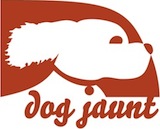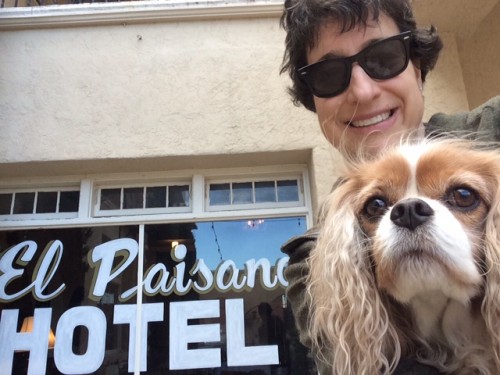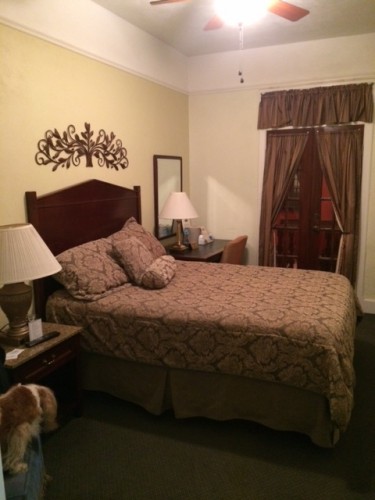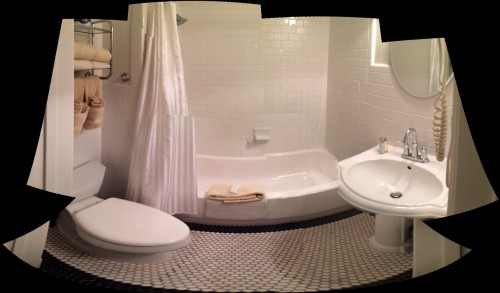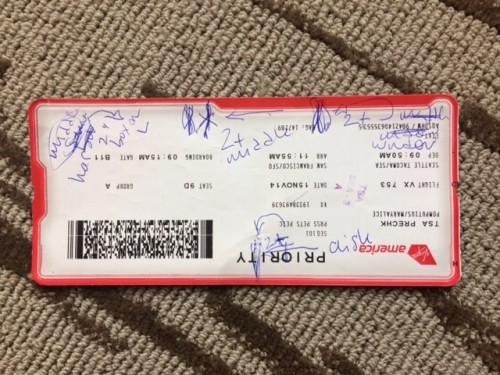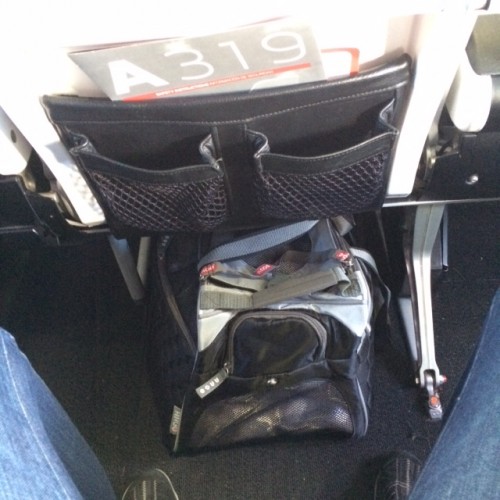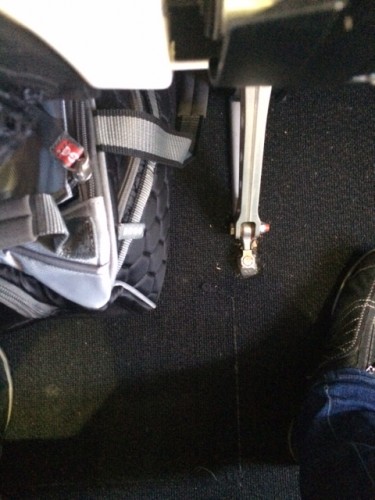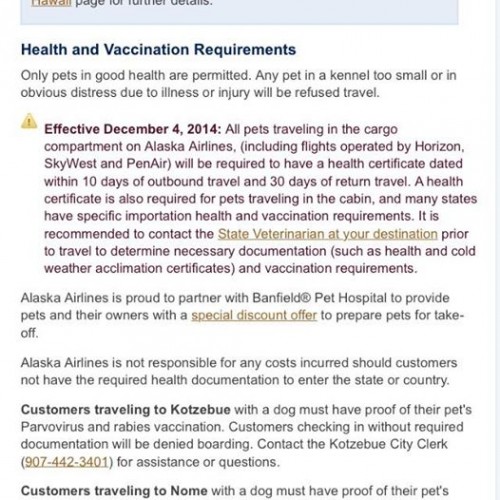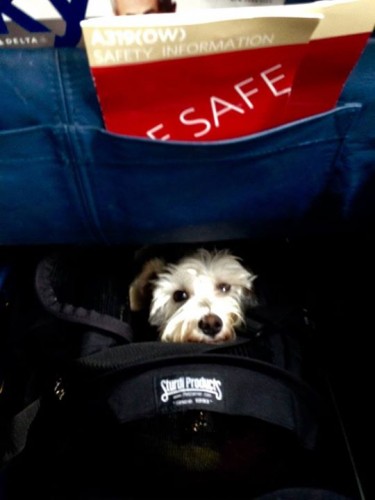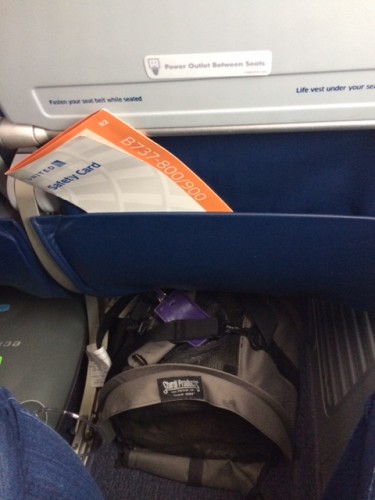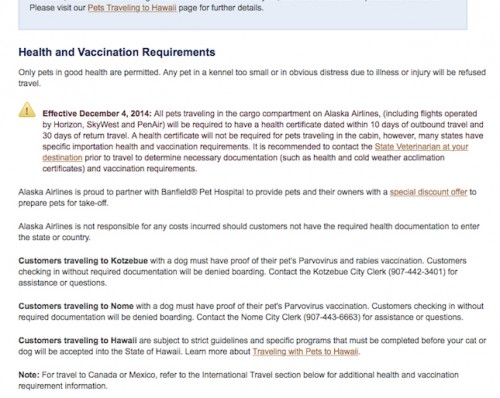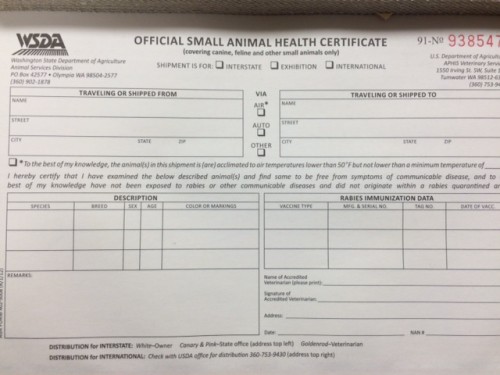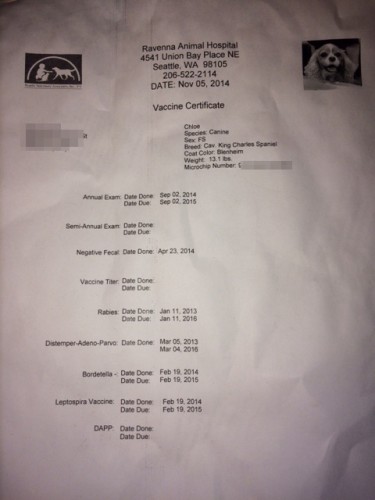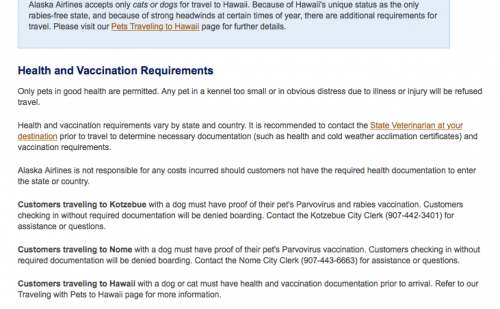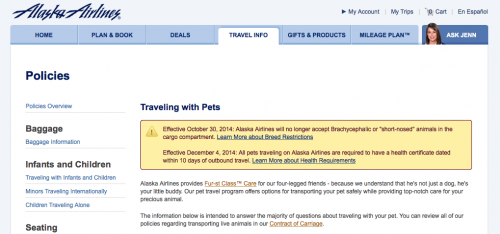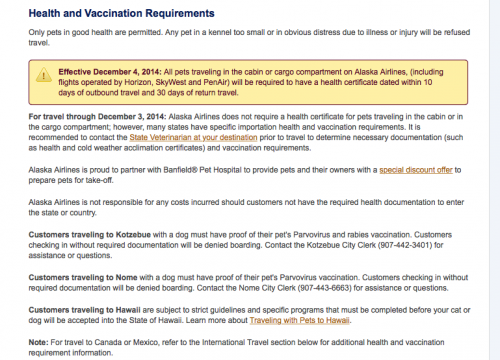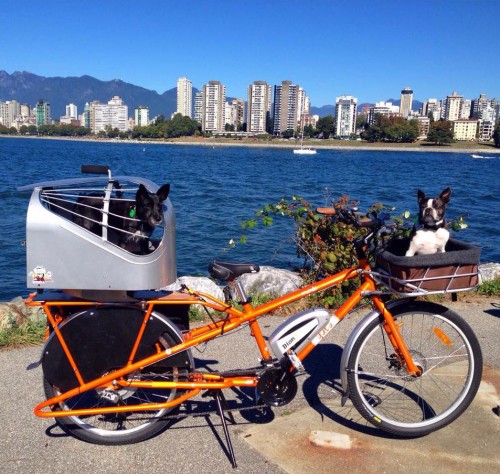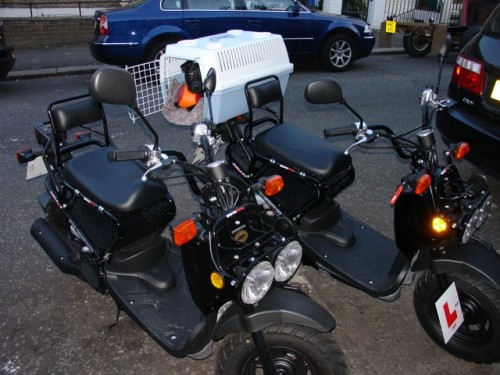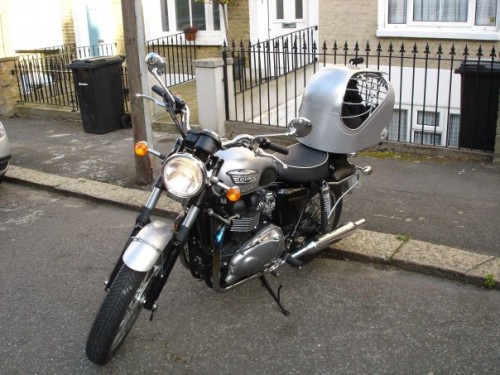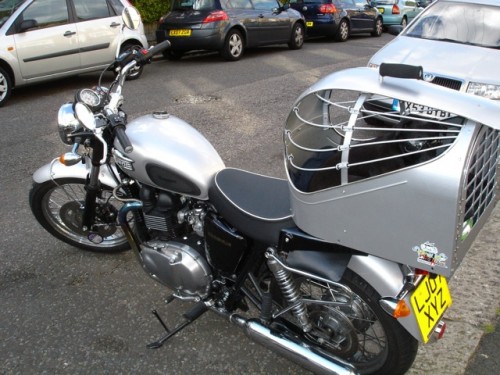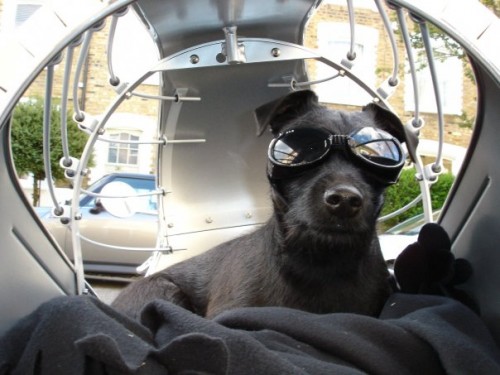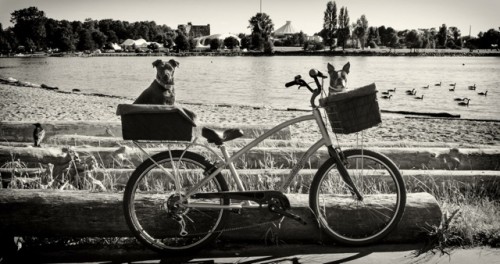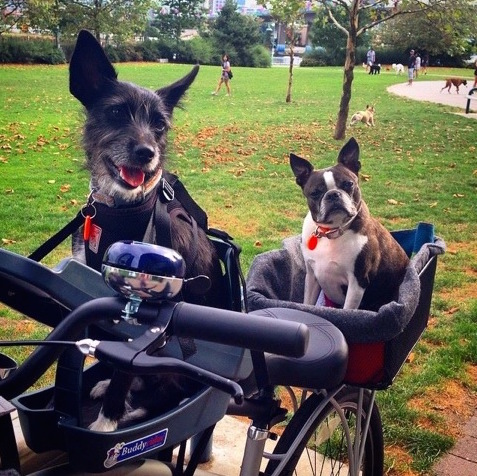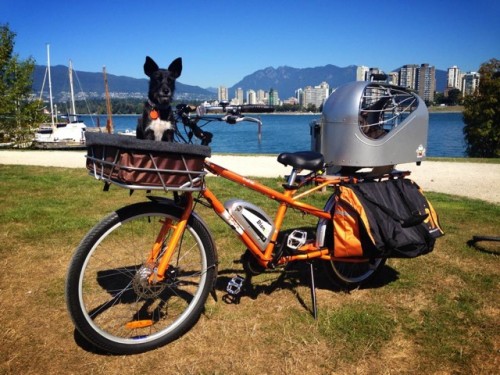Reader’s report: Dog-friendly cruise on the Rhine and Mosel Rivers
Last July, I wrote a post about a company offering dog-friendly river cruises in Europe. Reader Jenna had brought the cruises to my attention, and last fall she and Tara, her French Bulldog, went on one. I met Jenna and Tara in person in October 2013, when they hosted me and Chloe for breakfast in Paris — which was just as elegant as it sounds. Jenna writes a wonderful Facebook page about their travels, and kindly agreed to contribute this post to Dog Jaunt.
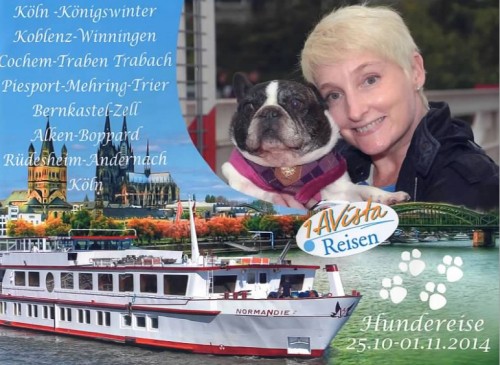
I love this collage Jenna posted on Tour de Tara
Four Paws on Deck: Dog-Friendly European River Cruises
“I’ve just returned from an amazing trip around Europe with my 14 year-old French Bulldog, Tara. The first stop on our 6-week ‘Grand Tour’ was Cologne, Germany. This city serves as the base of operations for 1AVista Reisen, a unique company that offers several river cruises for dogs and their people.
Tara and I were booked on their 8-day journey down the Rhine and Mosel. I didn’t actually care where we were going. I was just excited that Tara and I would be able to experience it together. Dogs are allowed in the cabins and all public areas of the ship.
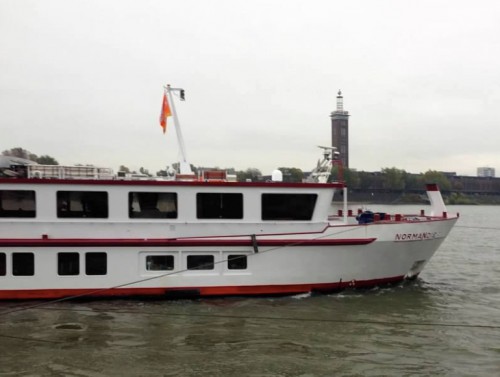
The MV Normandie, leaving Cologne (Jenna’s picture, as are all of the pictures in this post)
Our home for the week was the MS Normandie, a 100-passenger vessel registered in the Netherlands. All of the cabins contain twin beds and a private bathroom. I selected one on the upper deck because it had larger, operational windows.
The cabin had a small TV and telephone but there is no Internet access onboard. Regardless of which deck you stay on, entering the dining room requires you to go down a steep flight of stairs. If you have a dog with mobility issues you may need to carry them.
An additional flight of stairs will take you up to the Sundeck. I came to think of this as the ‘poop deck’ because there was an area covered with sod where the dogs could relieve themselves. It was rarely necessary for Tara to use these facilities as the itinerary was designed to allow frequent stops along the riverbank.
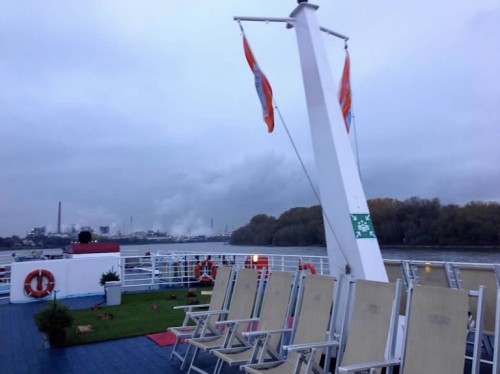
The Normandie’s “poop deck”
The main destinations on this journey were Koblenz, Cochem, Bernkastel, Alken & Rudesheim. It was never very far from the dock to the center of town, making organized tours unnecessary. Some information on the ports was provided in German but the cruise director was also available to answer questions in English.

Cochem, one of the cruise’s stops, from the river…

…and from land. A tiny, ancient town on the Mosel River, Cochem is just ridiculously charming. [Dog Jaunt editorial]
I was the only non-German speaking passenger on this cruise. All of the announcements, activities and booking materials are presented in German. I never found this to be a problem as most of the crew and passengers spoke some English. They even printed special dinner menus for me in English.
Speaking of menus, I found the food on the MS Normandie to be fantastic. Breakfast is a hearty hot and cold buffet. You generally have a choice between 2 salads, soups, main courses and deserts at lunch and dinner. The ‘all inclusive’ price also included house wines, beer and soft drinks.
I think that no matter where you are from or what language you speak, dog lovers share a special bond. I thoroughly enjoyed getting to know the passengers on our river cruise. Tara also seemed to relish the extra belly rubs and treats.
I had hoped to take Tara back to Cologne next year for 1A Vista’s Netherlands dog cruise. Unfortunately, several weeks after we returned home she was diagnosed with cancer. I’m afraid her jet setting days are over but I’m so grateful that we were able to have this amazing experience together!
For more information on 1AVista’s cruises please visit www.1avista.de. Photos and stories from Tara’s travels can be found on Facebook at https://www.facebook.com/groups/TourdeTara/”
I am happy to report that Tara remains symptom-free as of today (nearly 3 months after Jenna sent this guest post to me). She is a dignified dog, and I’m grateful that loving, careful Jenna is her person. I’m also grateful that Jenna took the time to share this adventure with Dog Jaunt, and I, for one, am ready right now to cruise Germany and Holland’s rivers with Chloe.
